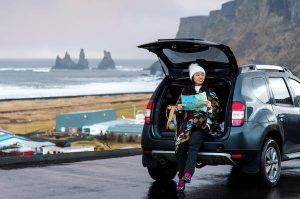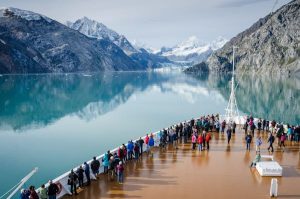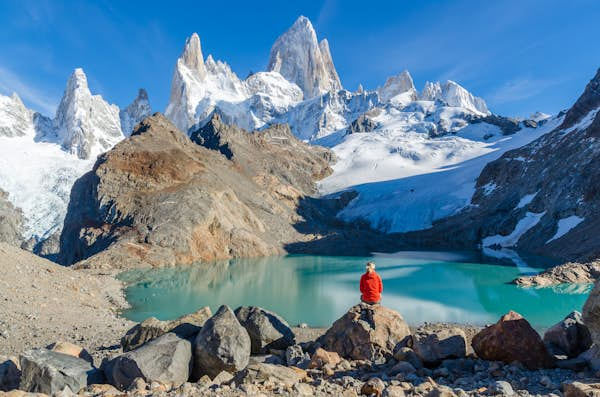
The eighth largest country on Earth, Argentina encompasses everything from pancake-flat grasslands to sky-high mountains, humid wetlands to frigid ice fields, emerald forests to rugged coastlines.
In the south, Patagonia provides dramatic scenery and endless horizons, while the dynamic capital Buenos Aires pulses to the rhythms of fútbol (soccer) and tango.
Travelers can visit Argentina throughout the year, but it pays to be aware of the seasonal variations that arise from the country’s sheer size, diverse landscapes, profusion of wildlife, and packed calendar of events. Whether you want to go horse riding with gauchos (cowboys) across the Pampas or spot whales off the Patagonian coast, avoid the crowds on Lake District hiking trails, or take part in the grape harvest in the wine region of Mendoza, here’s a guide to the best time to visit Argentina.
Get the inside scoop on the latest cultural happenings all over the world delivered weekly to your inbox with our email newsletter. 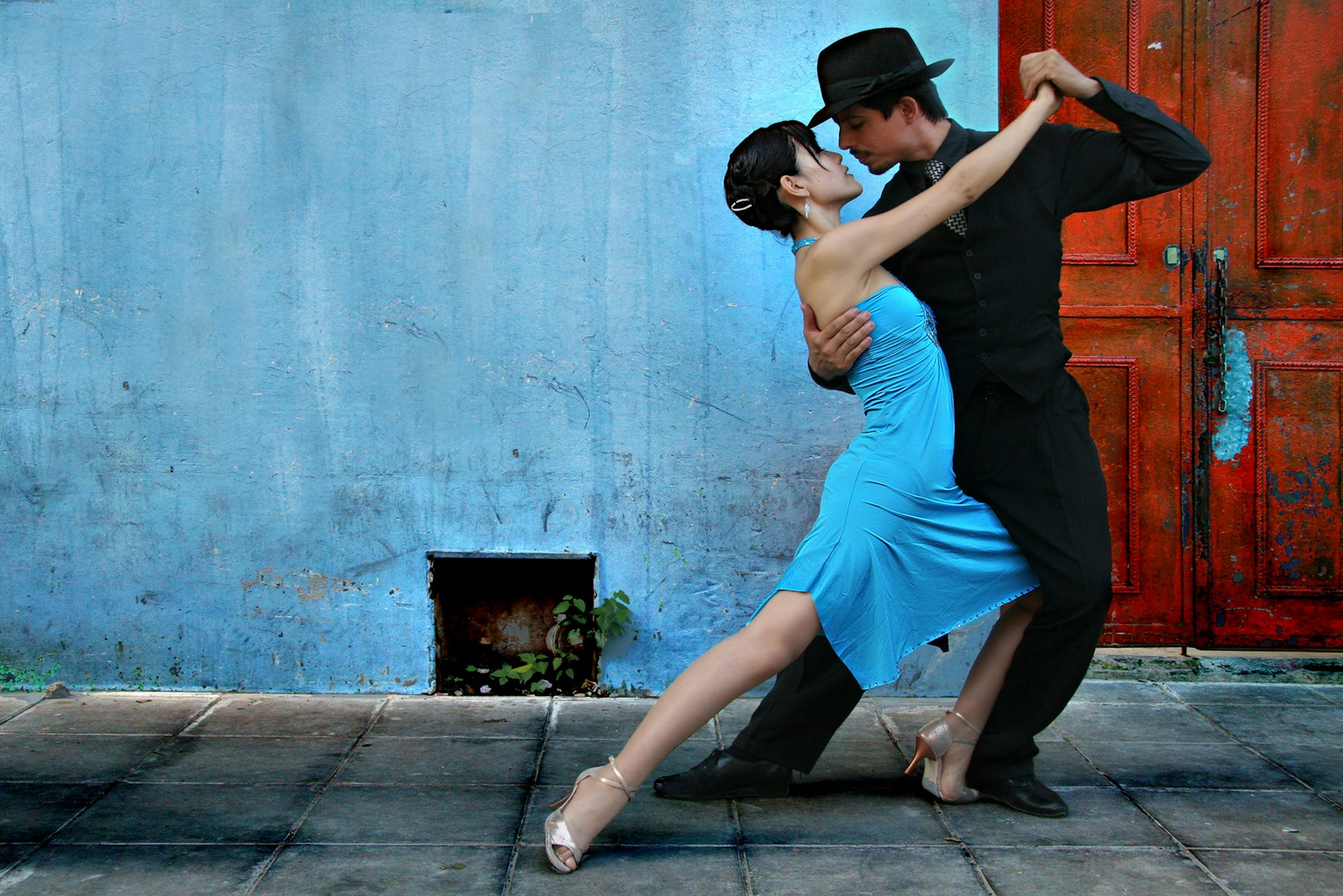 See world-class tango in Buenos Aires year round © Irene Sekulic / 500px
See world-class tango in Buenos Aires year round © Irene Sekulic / 500px
Explore Patagonia and go skiing during the high seasons (December to February and July)
The summer (December to February) is the peak period for international and domestic tourism in Argentina. Buenos Aires is sweltering at this time of year, so many porteños (local residents) head off to the beach resorts south of the city, pushing up room rates in the process.
In the north, the Andean desert regions and areas such as Iguazú Falls get extremely hot too. By contrast, the weather conditions are ideal for exploring the national parks of the Lake District, Patagonia and Tierra del Fuego. Unfortunately, demand for accommodations and prices surge during this period, while key attractions – such as the lakeside city of Bariloche and the trekking hot spot of Parque Nacional Los Glaciares – can be uncomfortably crowded.
A series of notable fiestas take place between December and February, including carnaval in the northeastern cities of Gualeguaychú and Corrientes, the annual hops festival in the Lake District town of El Bolsón, and the Festival Nacional del Folklore, a major folk music event in Córdoba province.
Meanwhile, July is the peak month for winter sports, with skiers and snowboarders flocking to resorts in the Lake District, Mendoza province and Tierra del Fuego.
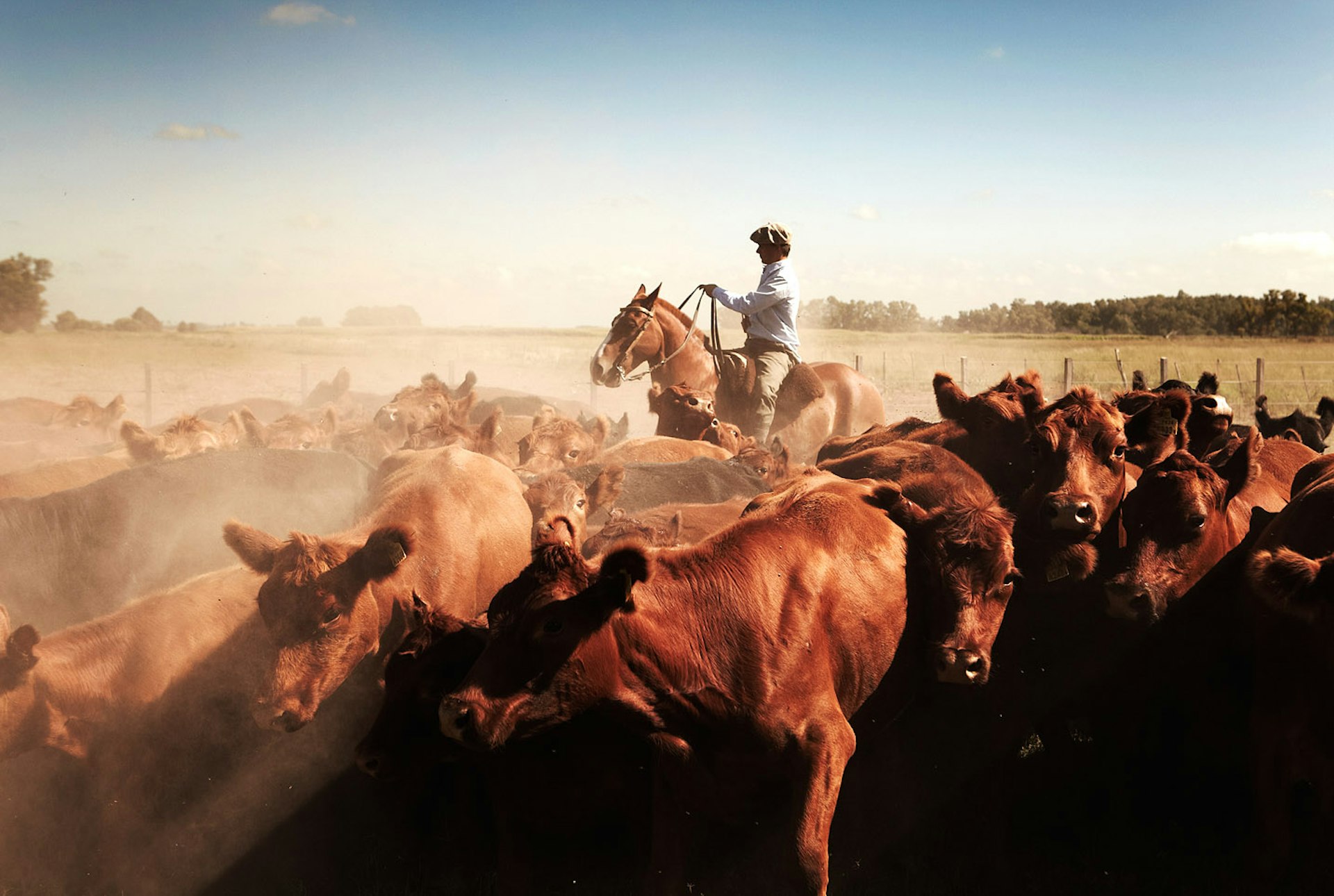 Celebrate gaucho traditions at a festival in November © Matt Munro / Lonely Planet
Celebrate gaucho traditions at a festival in November © Matt Munro / Lonely Planet
Head to Buenos Aires and skip the hiking trail crowds in the shoulder seasons (September to November and March to May)
The shoulder seasons of spring (September to November) and fall (March to May) offer a winning combination of fewer crowds, lower accommodation prices and generally good weather in Buenos Aires and the surrounding Pampas, central Argentina and the south. The Lake District is at its most beautiful during these periods, with fall colors and spring blooms, respectively, while hiking trails here and in Patagonia are quieter than the peak summer months.
The September to November shoulder season is also a good time for whale-watching. Between mid-June and mid-December, the waters off Península Valdés in northeastern Patagonia attract hundreds of endangered southern right whales, as well as orcas, elephant seals and myriad marine birds. Meanwhile, in the northeast, the heat and humidity eases between March and May, which makes visiting places such as the Iguazú Falls a much more appealing prospect.
The shoulder seasons play host to an array of events too. Semana Santa (Easter) is marked across the country, as is the Día de la Memoria (March 24), a public holiday commemorating the victims of Argentina’s military dictatorship.
Over in the wine region of Mendoza, the grape harvest runs from February to April, with the lively Fiesta Nacional de la Vendimia wine festival taking place in the middle of this period. Demand for accommodations grows significantly at this time.
In September (or sometimes August) Buenos Aires hosts the world’s most important tango festival, the Tango BA Festival y Mundial. Following hard on the heels of Oktoberfest in the Germanic town of Villa General Belgrano, November sees a celebration of gaucho culture, the Fiesta de la Tradición, in the Pampas town of San Antonio de Areco, as well as the annual Pride march in Buenos Aires.
 Winter is a quieter and cheaper time to visit Mendoza province © Fabian Schmiedlechner / Getty Images
Winter is a quieter and cheaper time to visit Mendoza province © Fabian Schmiedlechner / Getty Images
Visit the north and save money during the low season (June and August)
Beyond the ski resorts of the Lake District, Tierra del Fuego and Mendoza province, the winter is a quieter and cheaper time to travel in Argentina. June and August are both excellent months for exploring the north, including sites such as the wildlife-rich wetlands of Parque Nacional Iberá, which is warm and relatively dry.
Visiting Patagonia and Tierra del Fuego during the winter is more challenging: aside from the cold, many hotels and hostels close for the season, transport services are reduced and mountain passes are often blocked. But the lack of crowds (apart from at the ski resorts in Tierra del Fuego) and beautiful snow-covered scenery in the Andean areas are significant draws for intrepid travelers.
Events are thin on the ground during the winter, though on June 21 the far-flung city of Ushuaia in Tierra del Fuego celebrates the winter solstice (the longest night of the year) in style with the memorable Fiesta de la Noche Más Larga.

